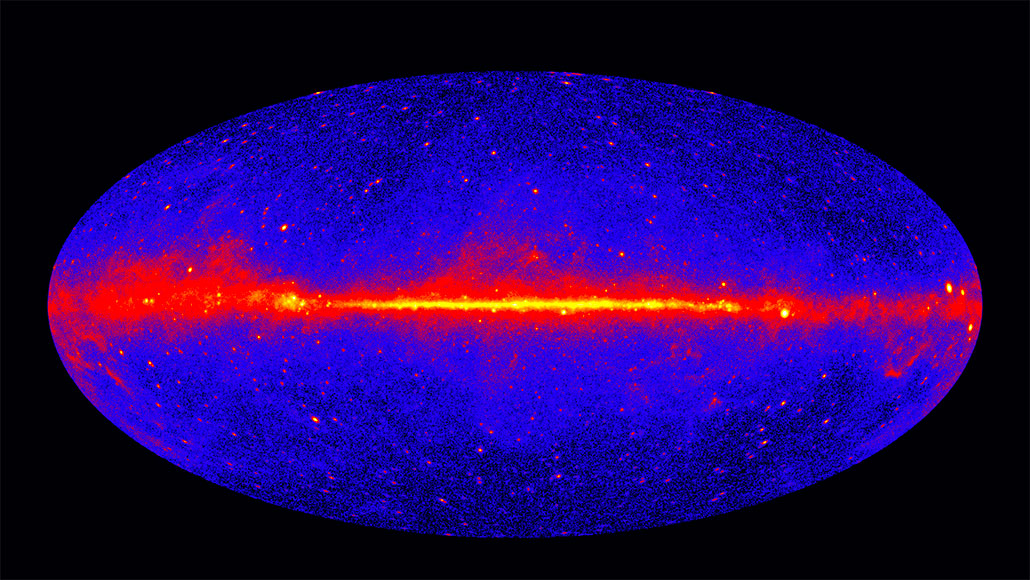For most of her life, Joy Milne had a superpower that she was totally oblivious to. She simply had no idea she possessed an utterly amazing, slightly terrifying biological gift that scientists would itch to study.
In fact, Joy probably would have stayed oblivious if it hadn’t been for her husband, Les Milne.
[…]
But then one day, about 10 years into the marriage, when Les was 31, he came home, and strangely, Joy says, he smelled different. “His lovely male musk smell had got this overpowering sort of nasty yeast smell,” she says.
[…]
Joy says that over the next 20 years she and Les tried to make the best of things, but it was difficult: the loss of movement, the loss of work, the slow narrowing of their world. Still, they struggled through. Then about seven years ago, they decided to attend a support group for people suffering from Parkinson’s.
“We were late. … A lot of people were there. And I walked into the room and I thought, ‘SMELL!’ ” she says.
Joy realized that the other people in the room had the same greasy, musty smell that Les had — the smell that Joy had first noticed when Les was just 31. “And then I realized for some people it smelled stronger and for other people it didn’t smell so strong,” she says.
Could it be, Joy wondered, that Parkinson’s has a smell?
As they drove home from the meeting, Joy kept puzzling it over in her head, and by the time they arrived, she’d decided she would tell her husband.
She says once she made her discovery clear, his eyes widened: “He’s a doctor — we both understood the significance. Immediately.”
To begin, this was a new scientific discovery, but also, Joy had smelled the disease on Les more than a decade before his symptoms got severe enough for them to seek medical help. If Joy could predict Parkinson’s before its well-known symptoms, such as shaking and sleep disruption, even started to appear, maybe she could work with researchers. It might lead to a breakthrough.
[…]
Kunath asked one group of people who had Parkinson’s and another group of people who didn’t have Parkinson’s to take home white T-shirts, wear them overnight and then return them.
Then Kunath gave the T-shirts to Joy to smell. “They were all given randomized numbers and put in a box, and then she was asked to take each one out and give it a score,” he says.
Was the person who wore this shirt at an early stage of Parkinson’s? In a late stage of Parkinson’s? Something in between? Or maybe the person didn’t have the disease at all.
“And she was incredibly accurate,” Kunath says.
In fact, out of all the samples, Joy made only one mistake. She identified a man in the control group, the group without Parkinson’s, as having the disease. But many months later, Kunath says, that man actually approached him at an event and said, “Tilo, you’re going to have to put me in the Parkinson’s pile because I’ve just been diagnosed.”
It was incontrovertible: Joy not only could smell Parkinson’s but could smell it even in the absence of its typical medical presentation.
Kunath and fellow scientists published their work in ACS Central Science in March 2019, listing Joy as a co-author. Their research identified certain specific compounds that may contribute to the smell that Joy noticed on her husband and other Parkinson’s patients.
[…]
Joy and her super smelling abilities have opened up a whole new realm of research, Kunath says. Researchers, including Perdita Barran at the University of Manchester, led a second, larger study and have recently found 10 compounds linked to Parkinson’s by using mass spectrometry and other techniques to analyze samples from 274 people. They’re hoping to find a way to diagnose Parkinson’s from skin-based biomarkers, according to Barran. More work is soon to come, she adds.
[…]
Joy’s superpower is so unusual that researchers all over the world have started working with her and have discovered that she can identify several kinds of illnesses — tuberculosis, Alzheimer’s disease, cancer and diabetes.

